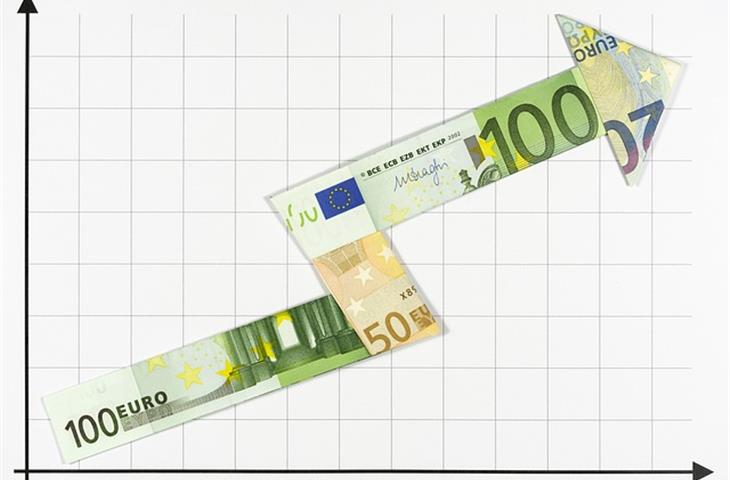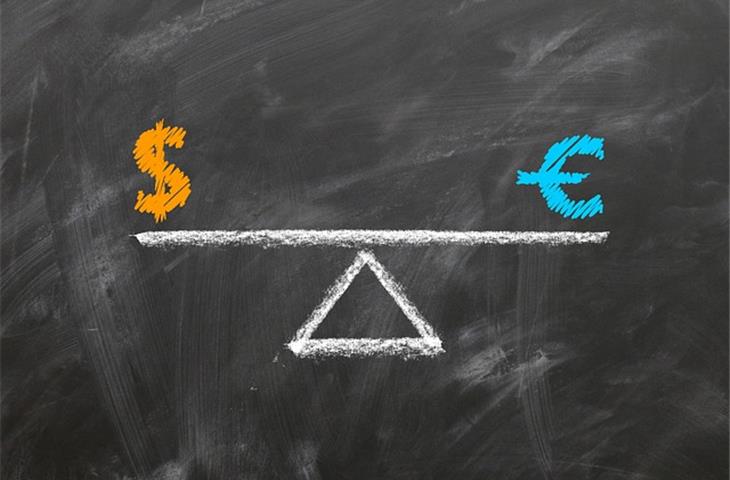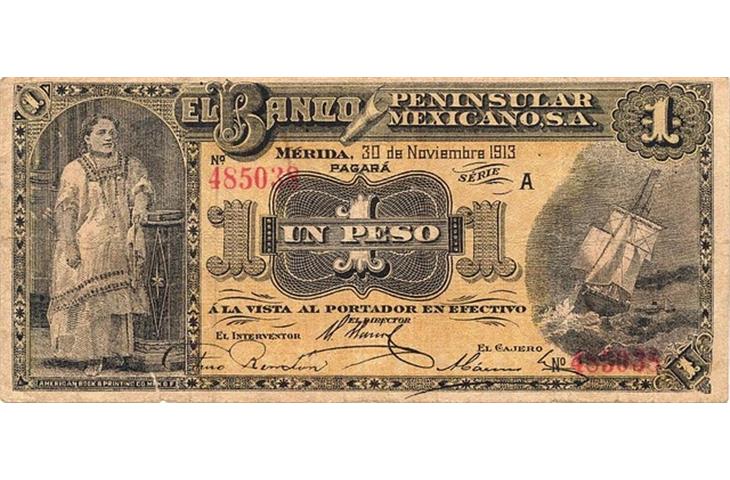The prevailing exchange ratio between the euro and the Philippine peso plays a pivotal role in determining the fortunes of individuals, corporations, and investors engaged in exchanges involving these currencies. Comprehending the trajectory of past exchange ratios and their contemporary volatility can provide invaluable insight into the macroeconomic dynamics of both regions. This discourse delves into the historical evolution of the euro to Philippine peso exchange ratio and examines its relevance in diverse contexts.
I. Historical Exchange Ratio Analysis

Investigating the historical exchange ratio between the euro and the Philippine peso provides an opportunity to discern recurring patterns, tendencies, and variables impacting the currency pairing. By scrutinizing the exchange ratio chronology, one can attain a holistic comprehension of the interconnection between the two currencies.
II. Contemporary Exchange Ratio Trends

Examining the present exchange ratio trends empowers individuals and corporations to make judicious decisions concerning their monetary transactions. This segment offers an evaluation of recent exchange rate alterations and the elements driving these fluctuations.
III. Economic Factors Shaping the Exchange Ratio

Comprehending the economic factors that sway the euro to Philippine peso exchange ratio is indispensable for formulating precise predictions and forecasts. This section investigates pivotal economic metrics and their influence on the currency pair.
IV. Implications for Corporations and Investors
The exchange ratio between the euro and the Philippine peso carries substantial ramifications for corporations and investors. This segment addresses the potential hazards and prospects linked to currency fluctuations and proffers strategies for mitigating these risks efficiently.
I. Historical Exchange Ratio Analysis
The historical exchange ratio between the euro and the Philippine peso has undergone numerous fluctuations throughout the years. Examining this data can aid in identifying patterns and trends likely to shape future exchange rate movements. By perusing historical exchange rate graphs, one can discern the correlation between economic occurrences, political stability, and currency potency.
II. Contemporary Exchange Ratio Trends
The current exchange ratio between the euro and the Philippine peso is shaped by a myriad of factors, encompassing economic indicators, political happenings, and market sentiment. Grasping the present trends is vital for individuals and corporations orchestrating financial transactions. This segment presents an overview of the most recent exchange rate trends and the elements contributing to these movements.
III. Economic Factors Shaping the Exchange Ratio
A multitude of economic factors influence the exchange ratio between the euro and the Philippine peso. These factors encompass interest rates, inflation rates, trade balances, and economic growth. The dissection of these metrics can assist in predicting future exchange rate movements and enabling informed fiscal decisions.
IV. Implications for Corporations and Investors
The exchange ratio between the euro and the Philippine peso carries immense implications for corporations and investors. Exchange rate fluctuations can influence import/export expenditures, investment yields, and global financial equilibrium. This section tackles the potential risks and opportunities related to currency fluctuations and proposes strategies for managing these risks proficiently.
Grasping the historical evolution of the euro to Philippine peso exchange ratio is critical for individuals, corporations, and investors aiming to traverse the intricacies of currency transactions. By dissecting historical data, tracking current trends, deciphering economic factors, and comprehending their implications, one can make discerning decisions and lessen impending risks. Monitoring exchange rate movements vigilantly and staying abreast of the underpinning factors can pave the way towards prosperous financial outcomes.
